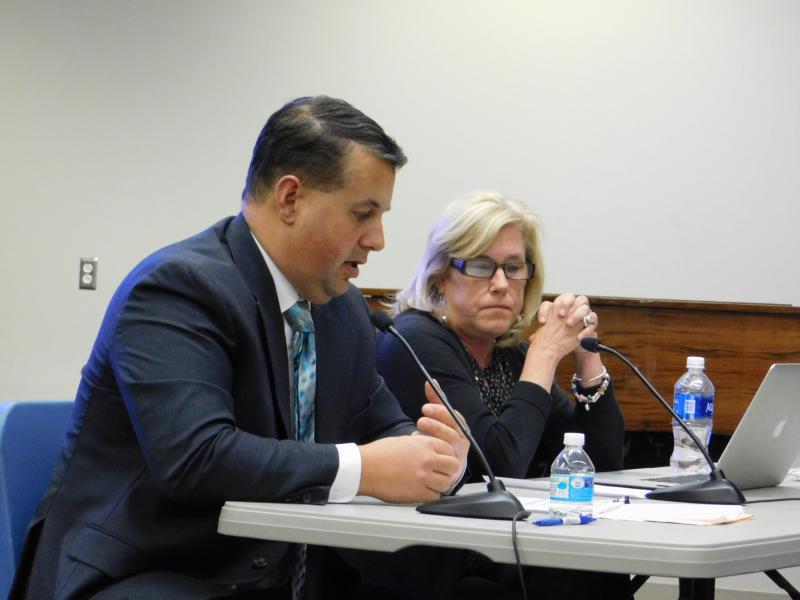'At-risk' students targeted in new program
Out of the 584 students in Wareham High School last year, 51 students dropped out. The 8.7 percent dropout rate put the school at number 516 out of 523 overall districts in the state.
Now, new programs have been put in place to help stem the flow of dropouts and boost Wareham’s rating.
Jane Fondulis, the director of Wareham’s Beyond School Time Program, and Wareham High School Principal Scott Palladino revealed Wednesday night that the program recently received a MassGrad Promising Practices Grant from the state. The grant is intended to provide ”supplementary support” to schools with high concentrations of students at-risk for dropping out.
Though Fondulis did not note the exact amount of the grant, it was enough to cover the hiring of two part-time social workers. The social workers work 15 hours per week during the school day.
The two social workers, along with the school guidance counselors, Palladino and Assistant Principal Debbie Freitas, worked to identify the 41 students in the school who were at the highest risk of dropping out, and prioritize them by their risk.
In the three months since the social workers began, they’ve made 23 visits to the homes of the identified at-risk students. “Out of the 41 students, 24 are in line to be promoted to the next grade as of today,” Fondulis noted. She explained that the social workers are in touch with family, teachers and the students themselves, and follow up routinely with phone calls and emails.
“It troubles me that we have to have a grant to do something so constructive,” said school committee member Geoff Swett. “ But you’ve reached 24 out of 41 students. If you can really impact these kids, the dropout rate will plummet, so I’m thrilled to hear that.”
Swett also asked if Fondulis felt the process of identifying at-risk students was a good one, noting that the people who choose to drop out might not be among the 41 targeted.
“We actually identified 76 at-risk students at the beginning of the year,” Palladino explained. “But unfortunately because the social workers didn’t start until February, we decided that this year we would target only the 41 students who were the most at-risk.” He said that, provided grant funding remained, the the social workers would be able to tackle more cases in the fall, as they would start at the beginning of the year.
“These dropout numbers are horrendous,” Swett said. “I’m thrilled to see something constructive is happening.”














